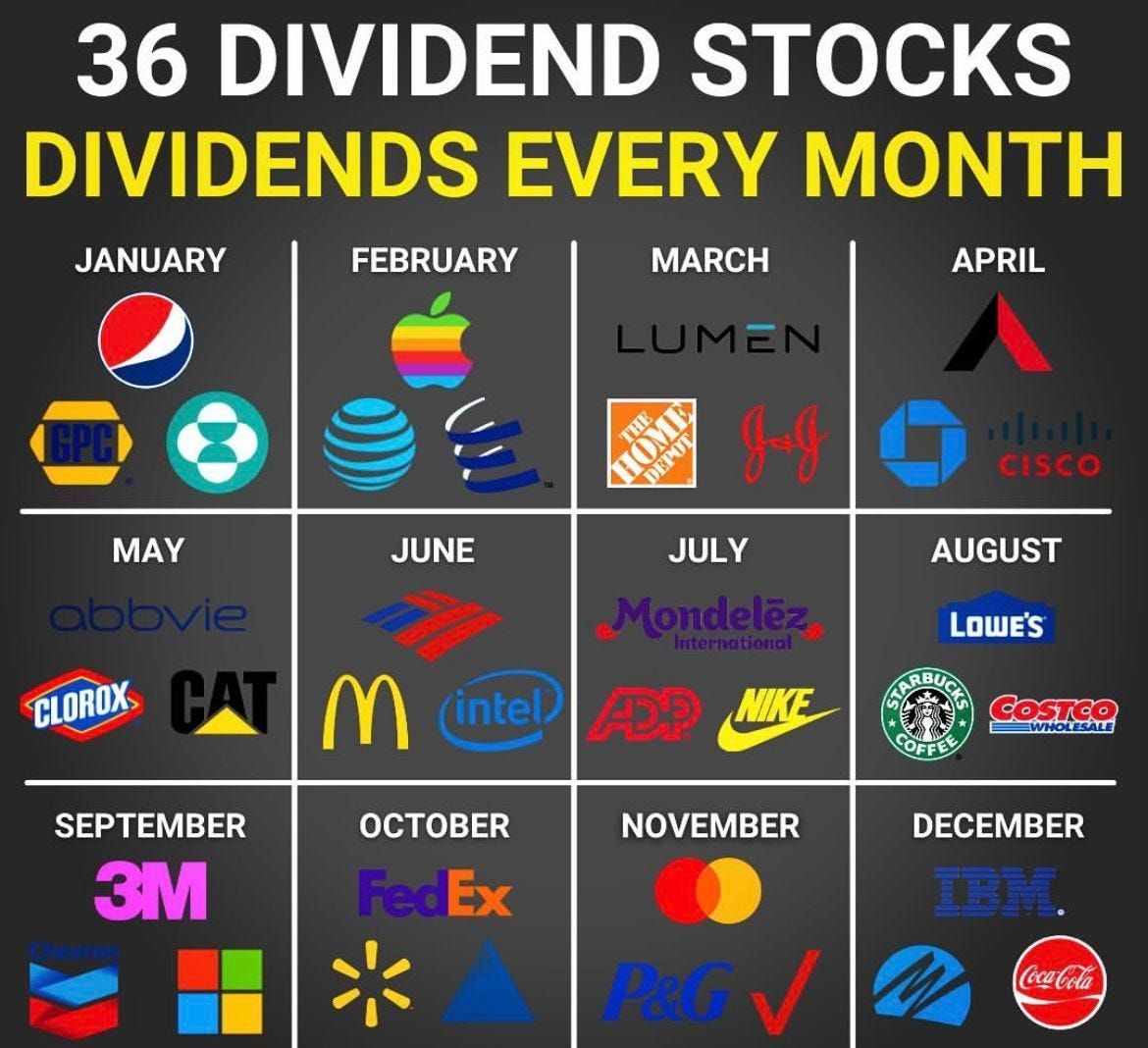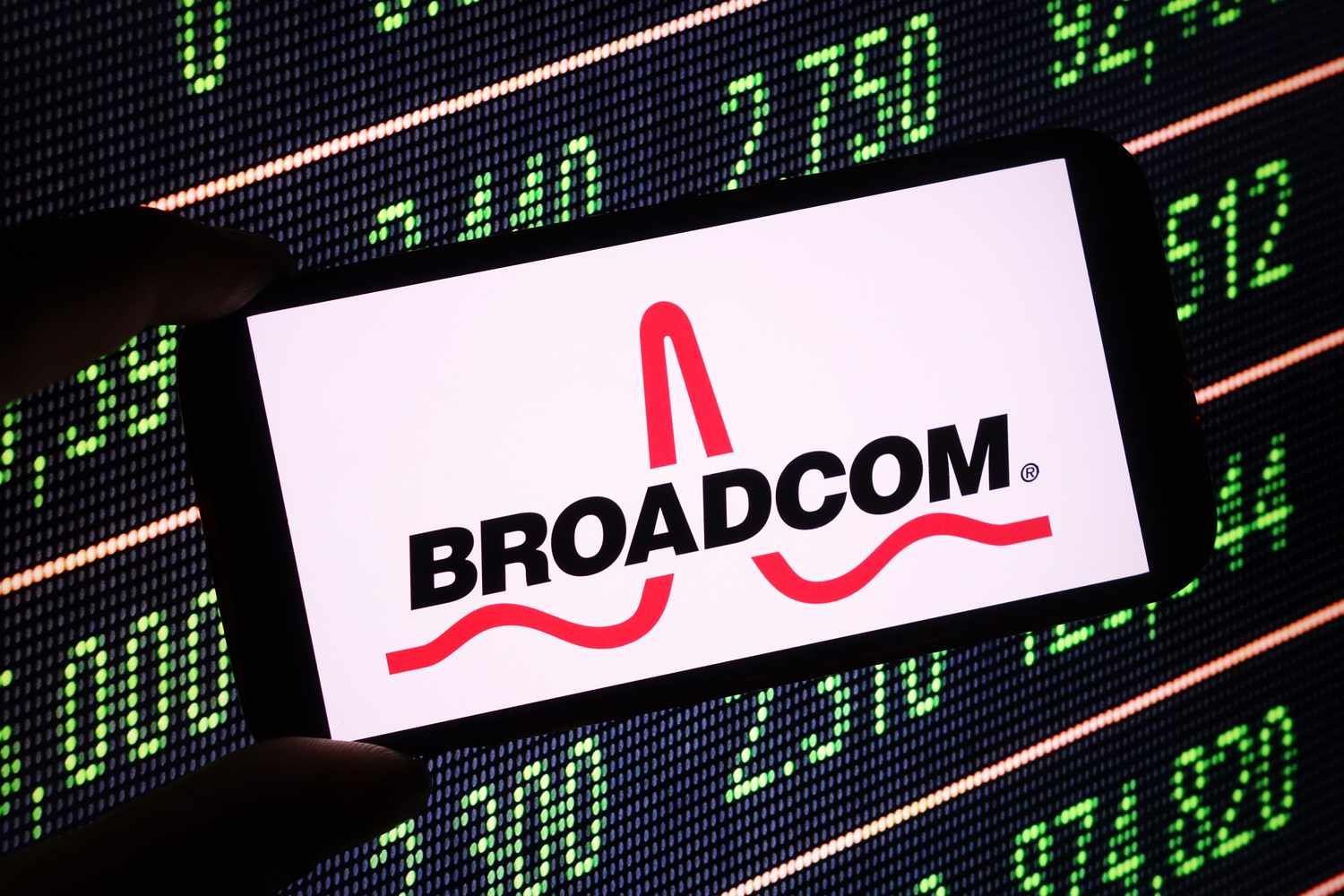MAXIMINZING DIVIDEND INCOME FOR TAX EFFICIENCY 2025
GENERATE CASH FLOW EVERY MONTH

Did you know that in 2025, you could earn $126,700 in dividend income and pay $0 in federal taxes?
The Power of Tax-Free Dividends
Generating $126,700 in qualified dividends is nearly equivalent to earning a $165,000 salary from a traditional job. Why? Because with wages, you’re subject to federal income taxes and FICA deductions, which significantly reduce your take-home pay. In contrast, qualified dividends receive preferential tax treatment, allowing you to keep more of your money.
Why Dividends Are More Tax Efficient
The U.S. tax code wasn’t designed to benefit employees—it was structured to encourage investment and economic growth. Dividend investors, particularly those who hold stocks and ETFs with a history of increasing payouts, benefit greatly. For instance, Broadcom’s five-year average dividend growth rate exceeds 14%, which far outpaces inflation.
How Other Income Affects Dividend Taxation
Even if you have additional income sources—such as wages, Required Minimum Distributions (RMDs), Social Security, or pension payments—your qualified dividends remain tax-free as long as your taxable income stays below the IRS threshold.
For 2025, if you file jointly and your taxable income is under $96,700, you won’t owe federal taxes on your dividends.
What If You Earn More?
If you generate over the tax-free threshold, only the portion exceeding it is taxed at the next rate of 15%. For example, if you earn $150,000 in qualified dividends:
- A single filer would have an 8.6% effective tax rate.
- A married couple would have just a 2.3% effective tax rate.
By contrast, earning $150,000 in wages would subject you to a 24% federal tax rate plus 7% in FICA taxes.
What Makes a Dividend “Qualified”?
To benefit from lower tax rates, your dividend must:
- Be paid by a U.S. company (or a qualified foreign company).
- Be held for at least 61 days within a 121-day period surrounding the ex-dividend date.
Understanding the Standard Deduction
The standard deduction reduces your taxable income, further increasing the amount of tax-free dividends you can earn:
- Married Filing Jointly: Deduction = $30,000 → Tax-free qualified dividends up to $126,700
- Single Filer: Deduction = $15,000 → Tax-free qualified dividends up to $63,350 (~$85,000 salary equivalent)
Avoiding State Taxes
Federal tax efficiency is only part of the equation. Some states don’t tax dividends, making them even more attractive. If you live in one of these states, your dividend income could be completely tax-free:
- Alaska
- Florida
- Nevada
- South Dakota
- Tennessee
- Texas
- Wyoming
What About Inflation?
A common concern is whether dividends can sustain a lifestyle long-term. Fortunately, dividend growth investing can help outpace inflation. Companies with a history of consistent dividend increases—like Broadcom—offer a hedge against rising costs. Additionally, tax bracket adjustments linked to inflation help maintain the purchasing power of tax-free income.
Final Thoughts
Dividends offer a powerful and tax-efficient way to generate income. By selecting high-quality dividend growth stocks, taking advantage of tax-free thresholds, and considering state tax laws, investors can create a sustainable, inflation-resistant income stream.
For official IRS tax bracket details, check out the full source: IRS Revenue Procedure 24-40.












